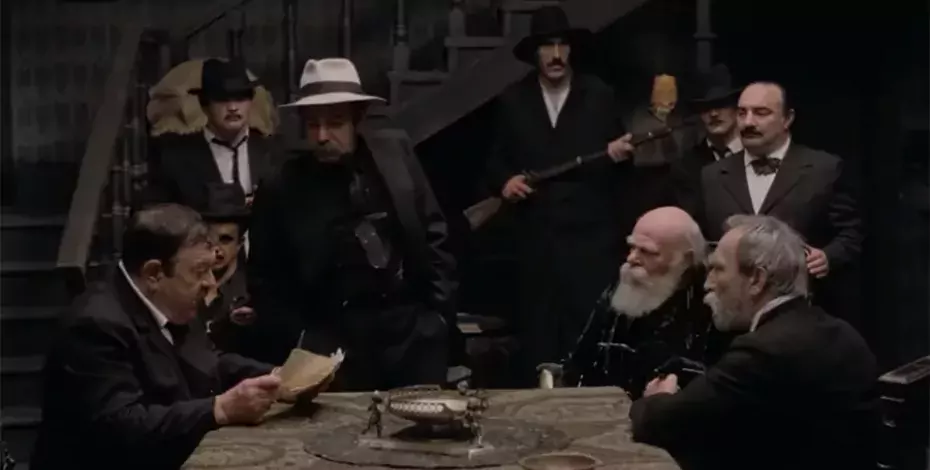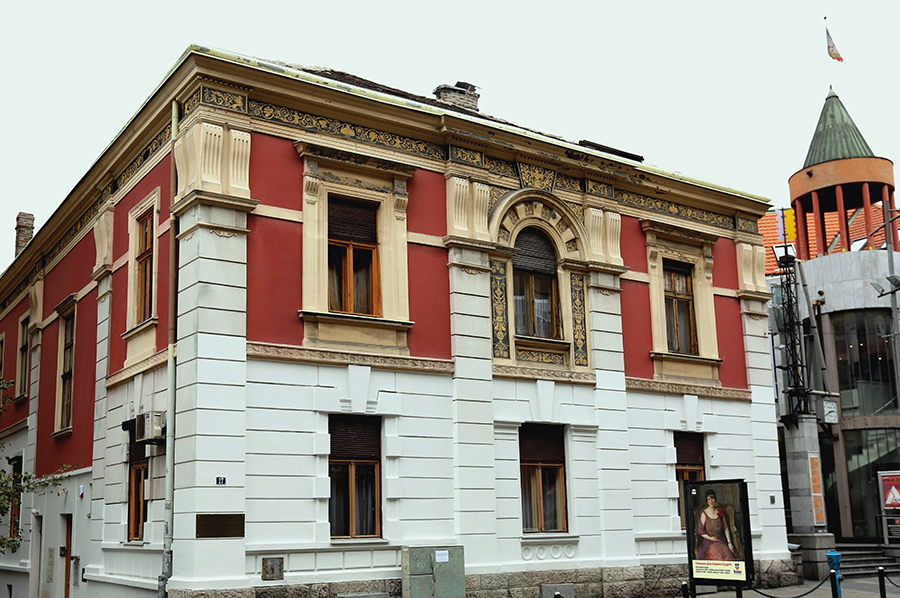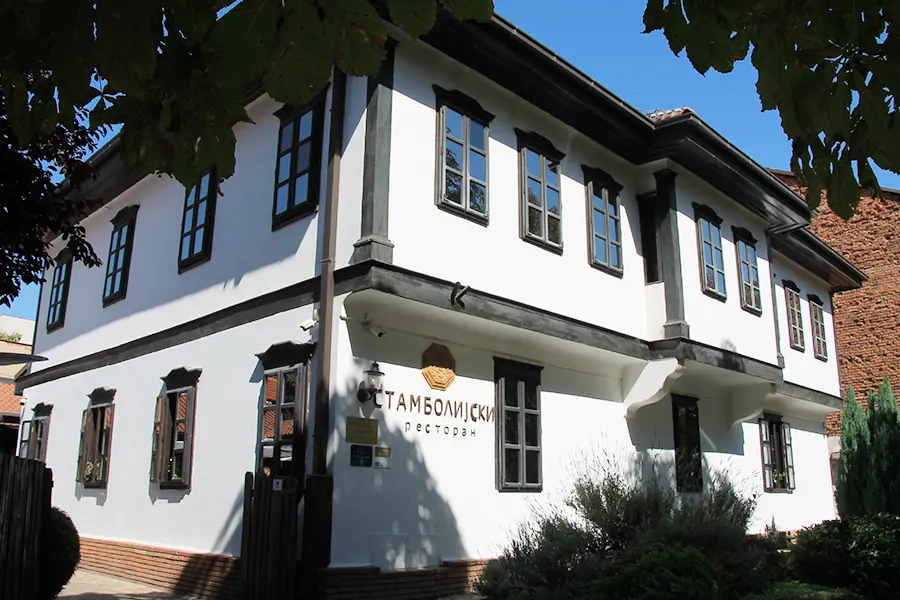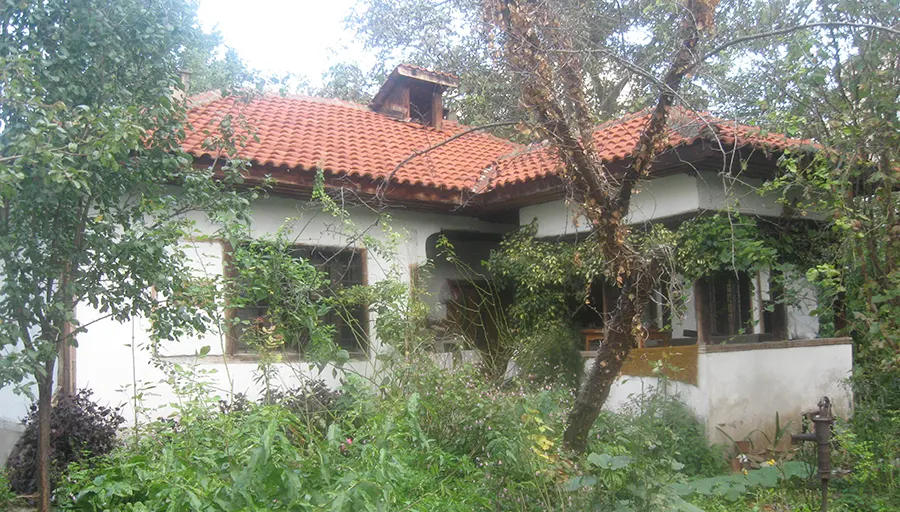Historical properties in Serbia - Guardians of the past

Despite constant construction and changes in the urban landscape, Serbian cities preserve fragments of history in numerous old buildings that serve as time machines through bygone eras. Landmarks such as temples and government institutions are well-known, so in this text, we will focus on some lesser-known gems of Serbian architecture—historical homes whose stories may not have reached you until now.
Some properties have been captured in Yugoslav and Serbian cinematography, and while passing by them daily, many are unaware that they are cultural monuments.
Below, take a look at our selection of notable Serbian homes in Belgrade, Novi Sad, and Niš. If you haven't done so already, we are sure that you will want to plan a visit to some of them and experience a glimpse of the past.
Topalović house from "The Marathon Family" movie (1982)

Photo: Screenshot YouTube/Centar film
In the heart of the Serbian capital, on Kosančićev Venac, stands the house that served as a film set for the cult Yugoslav movie "Marathon Runners," now standing as a melancholic monument to time and cinematography.
Built in 1848 as a one-story building, a second floor was added during the 20th century. Since World War II, property disputes have not been resolved, and it has been neglected for decades.
Serbian people have mixed feelings about it, and social media echoes with comments suggesting restoration. Many wish to see it renovated, perhaps transformed into a different facility, such as a restaurant or museum. Everyone agrees that at least a memorial plaque with should be placed in front of this legendary building.
Nikola Pašić's home
Nikola Pašić's house is located in the historical center of Belgrade, at 21 Francuska street. Its significance lies in the distinctive architecture from the second half of the 19th century and its connection to the life of the political figure. Built around 1872, owned by the Džanga brothers, merchants from Dorćol, it became Pašić's after a public auction in 1893.
In the 1920s, it was renovated according to the plan of architect Marijan Vujović. When you find yourself in Pašić's neighborhood, you'll recognize it by the marble plaque and inscription placed in 1936 as a tribute to this important politician.
We can imagine that this home, besides its value as a monument, holds the secrets of Pašić's life. Through the walls of this house, amid the daily life of the family, echoed crucial political decisions that changed the course of Serbia's history.
Jevrem Grujić's home on Svetogorska street
Photo: domjevremagrujica.com
Esteemed Serbian statesman Jevrem Grujić built this home, which was the center of Serbian avant-garde from the late 19th to the early 20th century. Built in the spirit of French neo baroque and neo renaissance, this house was a perfect venue for organizing city balls attended by the social elite of Serbia. Influential minds of the time decided the fate of Serbia within these walls.
Regular guests of the Grujić family included Queen Maria Karadjordjević, poets Jovan Dučić, and Milan Rakić.
Decades later, in 1967, the first disco in Belgrade was opened here, representing a sociological revolution among the youth.
Today, the descendants have transformed this house into a museum, allowing the broader public to become acquainted with the rich Serbian and family history that this building preserves.
"Kod Belog lava" - the oldest multi-storey building in Novi Sad

Photo: ns.in.rs
In Zmaj Jovina Street, No. 28, the building "Kod Belog lava" has stood for four centuries. Its foundations were laid around 1720, making it a witness to the tumultuous history of the city. It is one of the few buildings that survived the Hungarian bombardment from Petrovaradin Fortress during the 1849 revolution, and until recently, an unexploded cannonball was embedded in its façade.
Starting with its original owner, soapmaker Jovan Maslak, it had numerous owners, including Emanuel Janković, who opened the first printing house in Novi Sad there in 1790. Later, it was regained by Maslak's descendants, and according to their vision, the house was supposed to become an endowment for a gymnasium, Orthodox church, and hospital. Due to the costs of prolonged legal battles, this vision was not realized, and the house "Kod Belog lava" was purchased by Metropolitan Stefan Stratimirović after the wars.
Throughout the 20th century, the building served as a bookstore and stationery store, and after the war, the stores "Novitet" and "Trikolor" were located on the ground floor. Since 1997, the famous Irish Pub has been open at this location, still existing today.
Stambolijski house in Niš
One of the significant architectural structures in Niš is the Stambolijski House at 36 Nikole Pašića Street. Construction began in the last years of Ottoman rule by Amet Memetović, and it was later purchased and completed by Niš merchant Todor Stanković, known as Stambolija for his connections with the Turkish population.
Stambolijski House represents the legacy of oriental architecture, preserving the characteristics of the Serbian-Balkan style of that time, and was declared a cultural monument in 1949, saving it from planned demolition. Today, the building houses the eponymous "Stambolijski" ethnic restaurant, providing visitors the opportunity to experience the unique atmosphere of that era.
The Niš house unchanged since the Ottoman times
The Mišić family house is the only private house in Niš from the first half of the 19th century that has survived in its original state and still has residents. It marks the center of Niš with its traditional form and historical imprint.
It features Balkan architecture of an oriental type, characteristic of territories historically exposed to the clash of two cultures, the Byzantine and Muslim worlds, to which Niš belongs.
After the liberation, trader Đoka Mišić acquired the house from the Turkish family. To this day, his descendants live here. The current resident of this house has been living here for 60 years and hopes that one day it will become a museum. Due to its historical and architectural significance, the Mišić family house in Niš was declared a cultural monument in 1982.
We hope our selection of historical properties in Serbian cities has piqued your interest. If you plan to visit Belgrade, Niš, or Novi Sad soon, these buildings are ideal destinations to get to know the history and spirit of the city. If you are considering renting or buying your future home, the City Expert agency offers a wide range of properties in both old and new buildings.






